When Hawaiian Airlines introduced Jason Momoa’s Mananalu water in aluminum cans, it sounded like the next big thing in eco-friendly travel. Here’s why it didn’t work and some actual fast-track eco-friendly initiatives airlines are pursuing instead.


First, the gimmick behind Mananalu water. Pitched as the cure to single-use plastic, these shiny cans were supposed to fit seamlessly into Hawaii’s environmental efforts. And with that name, they sounded so good too.
But instead of saving the planet, they were largely destined for a quick trip to Hawaii’s already full landfills. While some argue that aluminum is a better alternative to plastic, even for those trying to recycle them, many of Hawaii’s programs are limited by the cost and logistics of exporting cans off the island for processing.
According to one source, the company that packages his water is rated as the 65th worst air polluter in the US by the University of Massachusetts. Furthermore, plastic water bottles are the most environmentally friendly containers if made of ultra-thin multi-use PET plastic. These are not “single-use” and can be recycled into a variety of other products.
Reactions to Mananalu ranged from amused to skeptical, leaving many to wonder what “eco-friendly” really means for Hawaii. And to make things worse, the water wasn’t even from hawaii; it was sourced from the mainland.
His company is now rebranding and replacing Mananalu with “Boomerang Water” later this year. There is no mention of whether aluminum will be in or out when their water is relaunched.
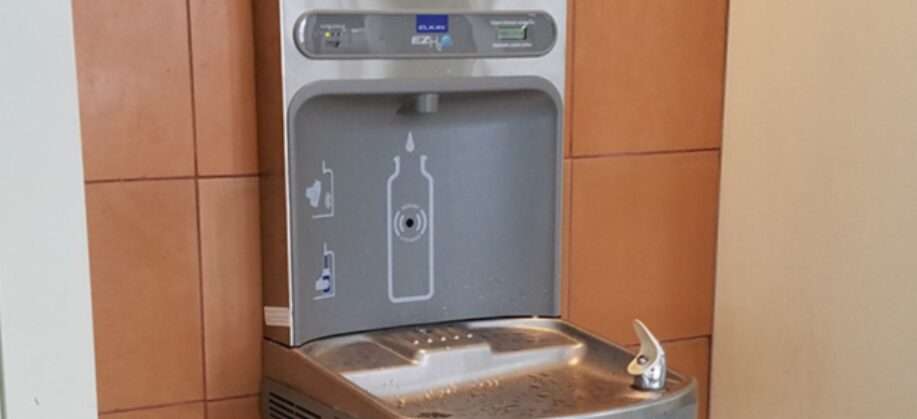

Where airlines are getting it right without the Hollywood spin on eco-friendly.
In contrast, some airlines are exploring ways to significantly reduce waste without simply swapping one material for another.
Alaska Airlines, for example, has taken a notable step with its #FillBeforeYouFly campaign. It encourages passengers to bring their own refillable water bottles and fill them at airport hydration stations before boarding. As an added bonus, Alaska plants trees to offset travelers’ environmental impact.
Recently, Alaska introduced another experimental layer to its eco-friendly practices with the launch of reusable r.Cups on select routes, becoming the first U.S. airline to partner with r.Cup. These durable cups, collected and sanitized after each flight, offer a practical alternative to disposable cups. By eliminating thousands of single-use plastic cups from inflight service, Alaska is moving forward with new and more pragmatic initiatives.
Delta, another Hawaii-centric carrier, has also introduced reusable cups and compostable service ware on select routes, also exploring solutions that reduce single-use waste. Rather than promoting a specific product, Delta’s focus on reusables keeps waste reduction central to its approach without the marketing frills.
Southwest is also committed to reducing single-use plastic by 50 percent on their flights starting in 2025 and by 100 percent where feasible by 2030.
United Airlines successfully implemented a food waste reduction program at Newark airport in 2023. This pilot program reduced food heading to landfills, as organic and food waste landfill reduction pathways remain a priority for United.
Readers’ eco-friendly wisdom.
BOH readers shared their own eco-friendly practices, and many align more closely with these airlines’ initiatives than with Momoa water.
Commenter Beth B. shared her method of boiling tap water and storing it in the fridge. She does not buy bottled water or cans, preferring to take her refillable bottle wherever she goes.
Meanwhile, Suzanna G. appreciated hotels like the Westin Hapuna Beach and others now offering refillable bottles in guest rooms, saying it sends a stronger message of sustainability than “slapping Aloha on a can.”
These practical solutions suggest a blend of creativity and commitment to reduce waste wherever possible.
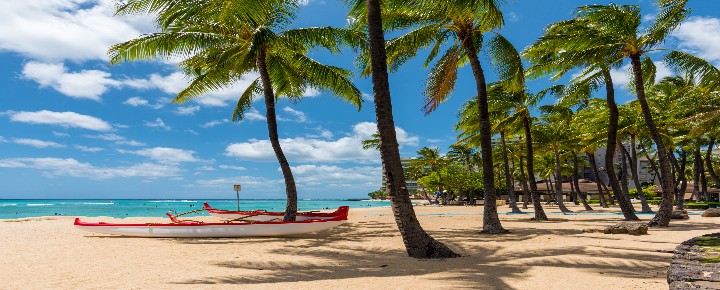

Building true eco-friendly travel experiences for Hawaii.
As the world looks for greener ways to travel, Hawaii’s unique environment deserves thoughtful solutions that go beyond the latest hyped eco-product. While the Mananalu experiment highlighted early the challenges and complexities of “eco-friendly” in the islands, the efforts from airlines show that true sustainability may be less about glitzy campaigns and more about long-term real-world impact.
The message for travelers heading to the islands is clear: pack a refillable bottle of your chosen material, stay curious, and support initiatives that embrace practicality over trends.
While aluminum cans may come and go, this environmental journey in Hawaii travel is only just beginning. With lessons we’re all learning, we can contribute to preserving Hawaii’s beauty for generations to come—one refill at a time.
We welcome your input and suggestions!
Get Breaking Hawaii Travel News
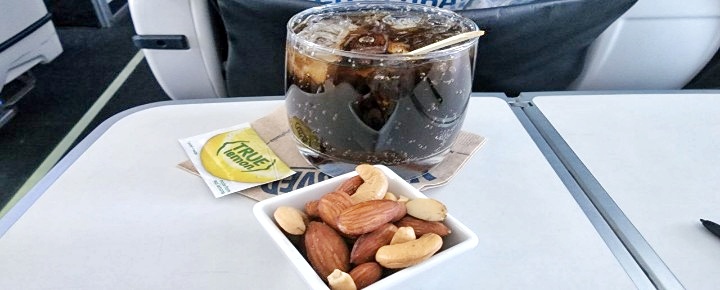

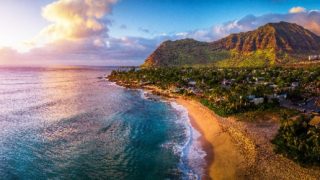
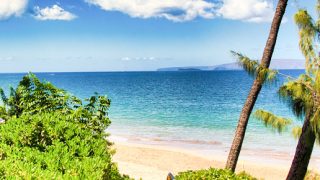
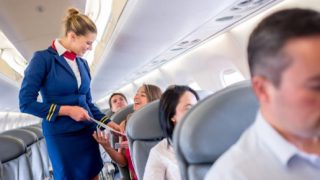
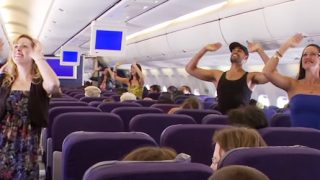
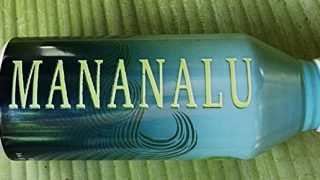
I always travel with an empty reusable water bottle to fill after I’ve cleared TSA. However, it’s very disconcerting to walk up to a water station that shows the filter in the station is past due to be replaced. Airports need to do a better job keeping up with filter maintenance.
Too bad it couldn’t be some cardboard 100% recycle material or biodegradable that could last up to 15 days constant use. If brought into the islands it could be refillable at any said fast food, food cart, type eatery and get a drink discount. This could save on excess island garbage of retailers cups making it to a garbage can. Restaurants save and consumers save. All merchants would have to do is post Hawaiian Cardboard Biodegradable Recycled Cups accepted Here.
Refill prices as follows.
I always carry an empty water bottle to the airport and fill up there. However, when I ran out of water during the long flight to Kauai, I asked the FA to fill up my bottle. She wasn’t able to do that but instead gave me 4 (plastic) cups of water to fill it up myself. So much for saving the environment.
I used the Mananalu water “can” for a bit, it was ok, however it dents easily and becomes less usable in a short time. The best thing to do is bring an empty long term (like Yeti or something similarly sturdy that will last) water bottle into the airport. Most airports have filtered water fountains you can use and fill it before you get on the plane, that is the cheapest long term and most eco-friendly. I find it amusing folks complain about airline ticket prices which have been the least inflationary product in the economy yet line up to buy airport food and water or airplane food, way overpriced and inflationary. Pay for a good seat and save money on the junk that is also bad for the environment.
We fly back to LIH tomorrow on Southwest from Oakland. I will do my part by declining to get the disposable plastic cup with my can(s) of beer(s). Drinking straight from the can is a sacrifice I am willing to make for the environment.
The failure to recycle aluminum, if this is true, falls squarely on the shoulders of the government of the state of Hawaii. Do something positive for your islands, offer incentives to establish an aluminum manufacturing plant, bring in jobs and protect the ‘aina.
I take my cans and cardboard to the transfer station; they do not accept any plastic (Big Island).
Wait a minute….. “limited by the cost and logistics of exporting cans off the island for processing” Many of flights to Hawaii turn right around and go back to a large mainland city. LAX–>HNL –>LAX. Just fill a garbage bag with aluminum and ship it to the mainland on the next flight.
Kudos to Alaska Airlines for helping with the charge to reusables! But let’s see if this grows into something substantive. Fingers crossed.
LOL. Jason Momoa’s water was a wipeout for sure. Aluminum cans like that just don’t make sense in a place like Hawaii.
I actually kept one of these cans as a souvenir for a while. 😂 Then it hit the can.
I remember when the Mananalu water cans first hit HA flights. I thought it was semi cool, but it didn’t never caught on. Guess it wasn’t so useful after all.
Jason Momoa’s idea was nice in theory, but we need more practical solutions and less marketing hype.
I always wondered how aluminum water cans could be better for the environment! Glad to see some airlines are pushing beyond gimmicks and looking for real change. Let’s hope this shift lasts!